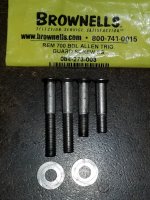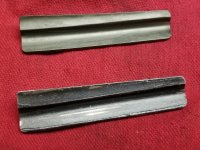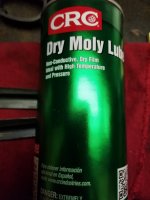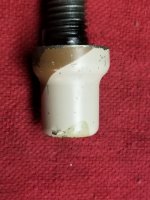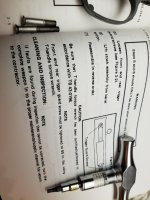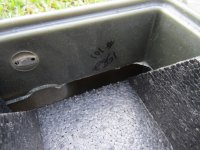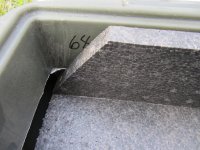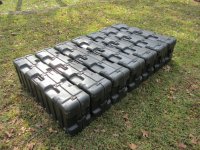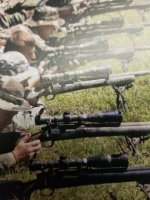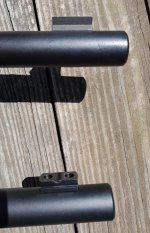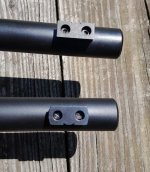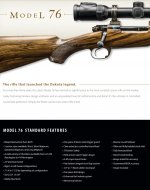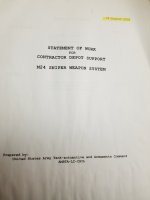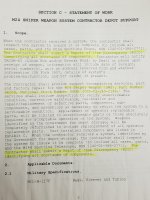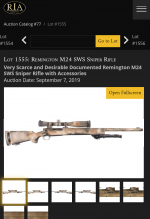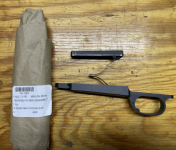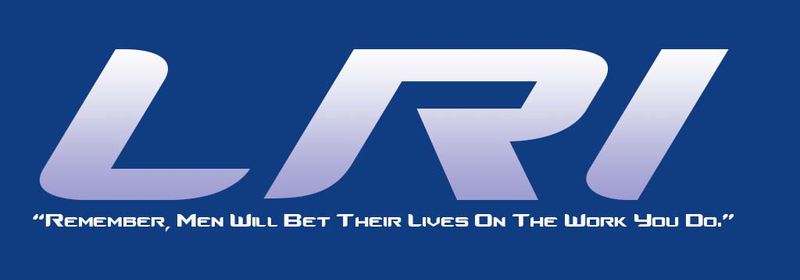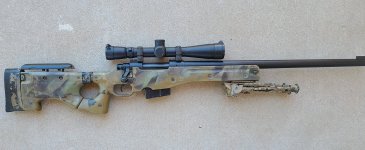It seems you own a Dakota Arms "Peter Greisel" designed commercial floorplate, not the early US Army version. I cant locate my paperwork from old Brownells catalogues listing your version at the moment. But it was the basic design that Remington chose for the original M24. They beefed it up, and since it was two halves welded together, it required Magnaflux inspection with the circled M inspectors stamp to pass gov't inspection. The thinner trigger guard was how Greisel designed it for his Model 76 hunting rifles, not military use. Greisel was the owner of Dakota Arms, and he later sold his company to Remington. If it was a Sunny Hill manufactured version, there would be 2 allen head bolts as illustrated in
@m1marty post #1453.
But the fact yours came with Rem. CAGE code labels is very interesting. I've come to believe that when Remington started selling their M24 models on the open market, it made financial sense to obtain parts subcontracted through outside vendors, rather than build them in-house at a higher cost. There are numerous posts showing differences between early issue parts and later parts. Primarily scope rings, scope & open sight bases, floor metal, etc.
Also, the last contract between Remington & US Army for M24 was dated August 28, 2002. It was the agreement for Remington to continue rebuilding worn out/damaged rifles. On page 3 of this Contract For Depot Support it states: "The Contractor shall submit a Report Of Item Discrepancy (ROID) identifying all shortages of components." Army knew the days of the old M24 were limited. But until its replacement was certified, they had to keep the original systems operable. And if the contractor could not procure/produce original spec items, a suitable replacement was allowed.
Its my opinion your BM is one of their later issued replacement parts, sourced from a company-owned subsidiary. The CAGE code labeling strongly supports this.
ETA: Dakota Arms was purchased by Remington, and ultimately the brand was sold off during their recent bankruptcy.


